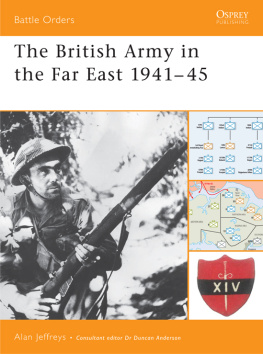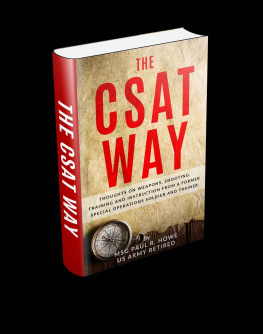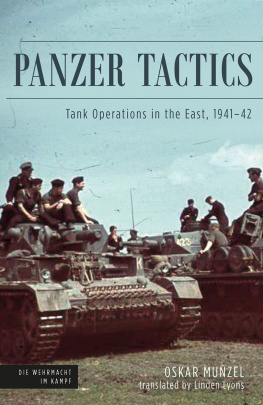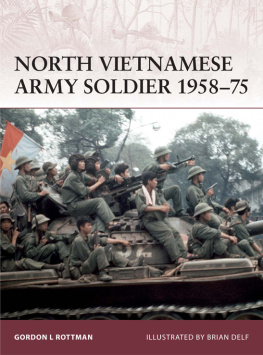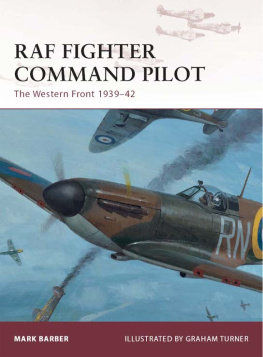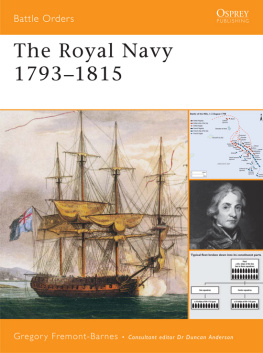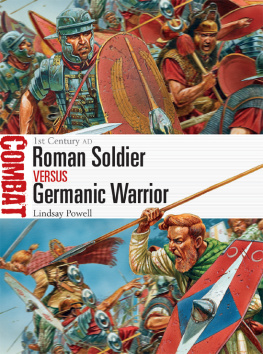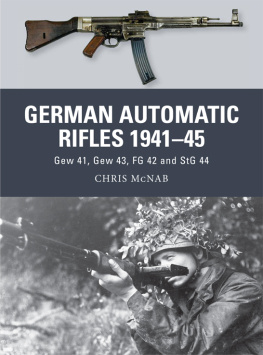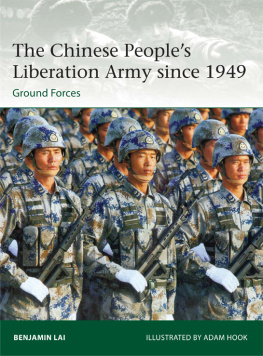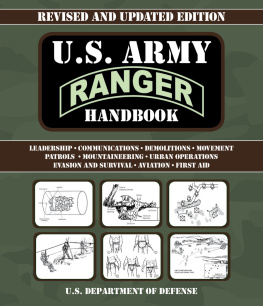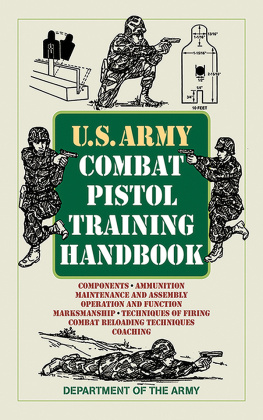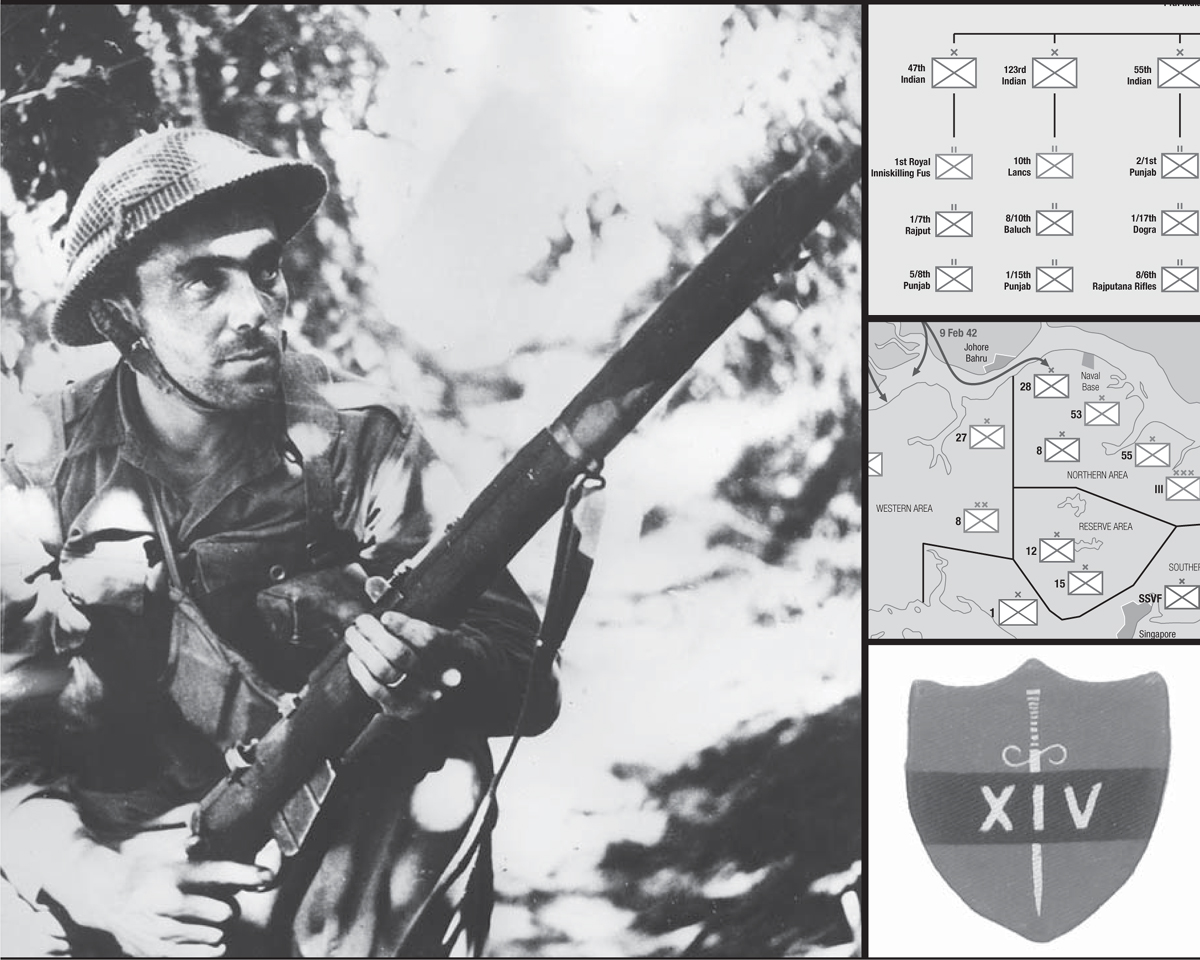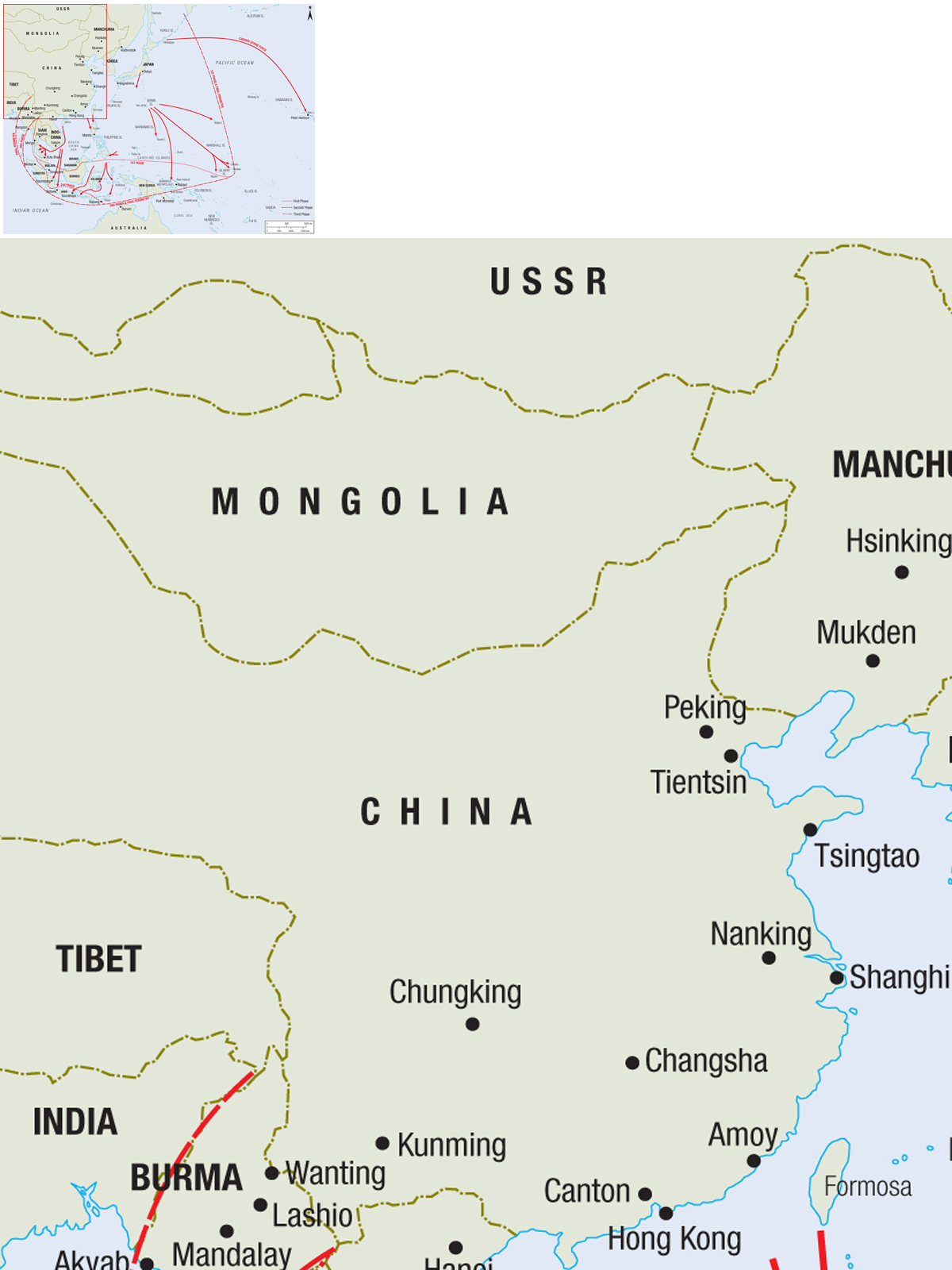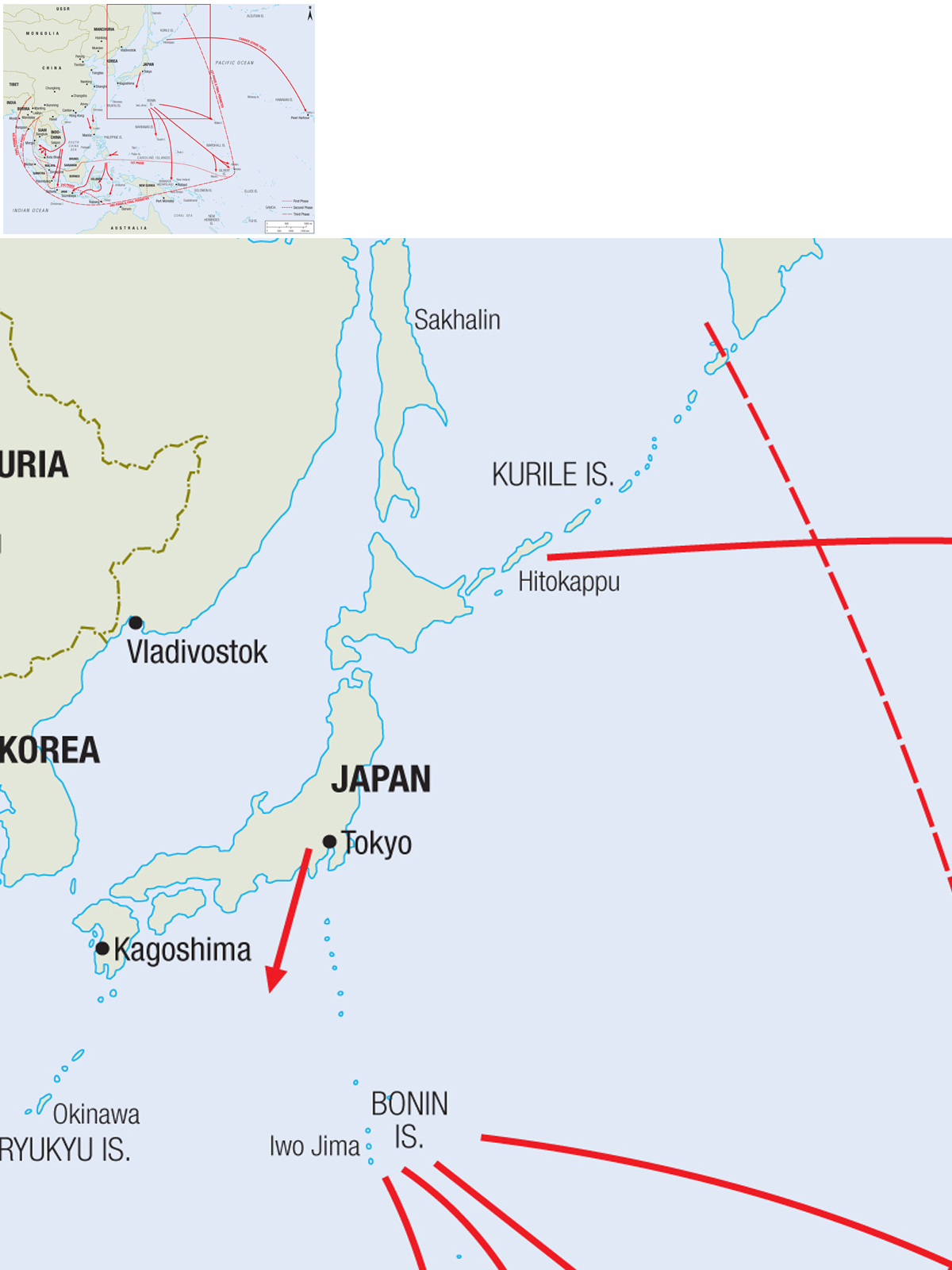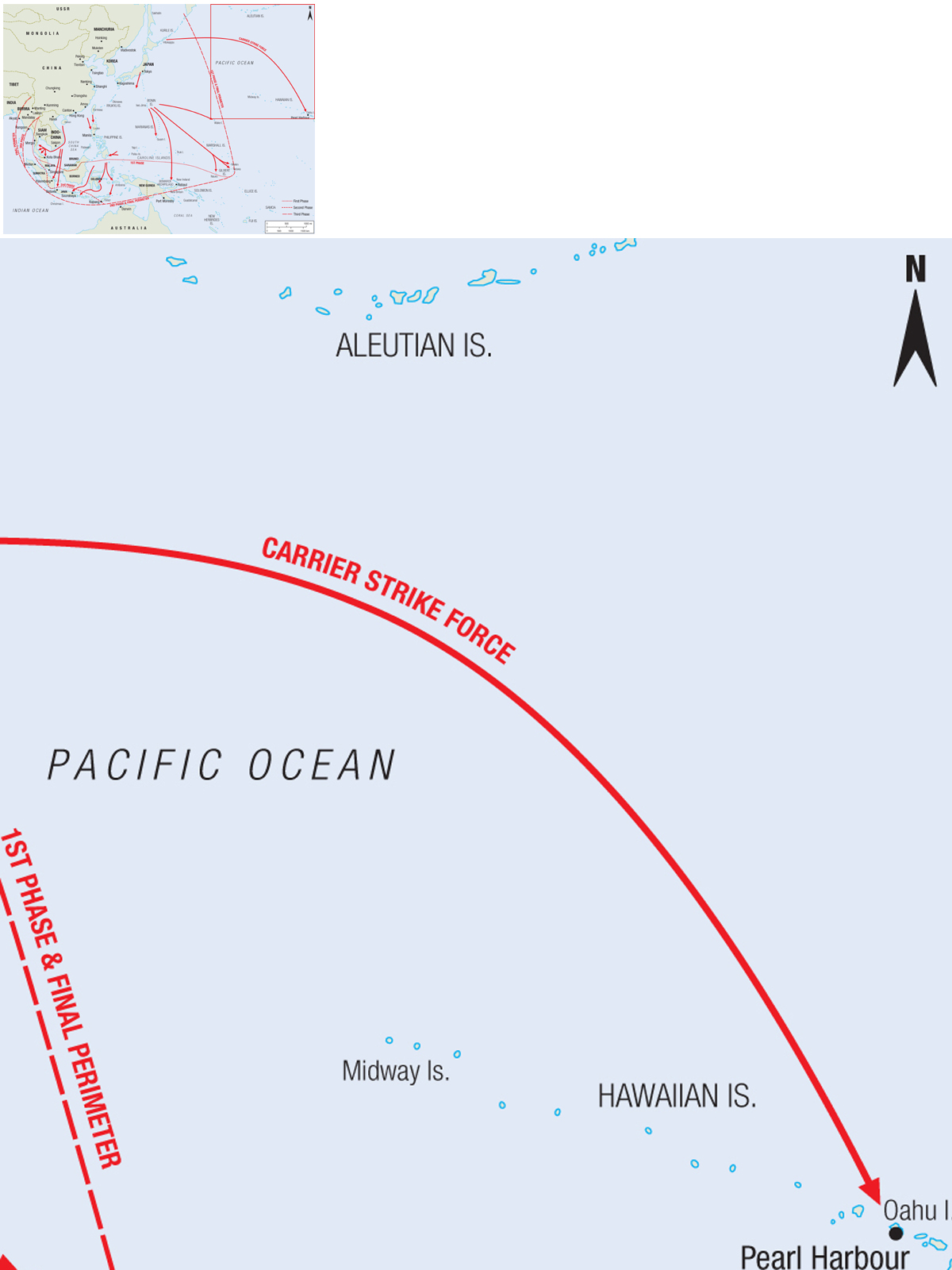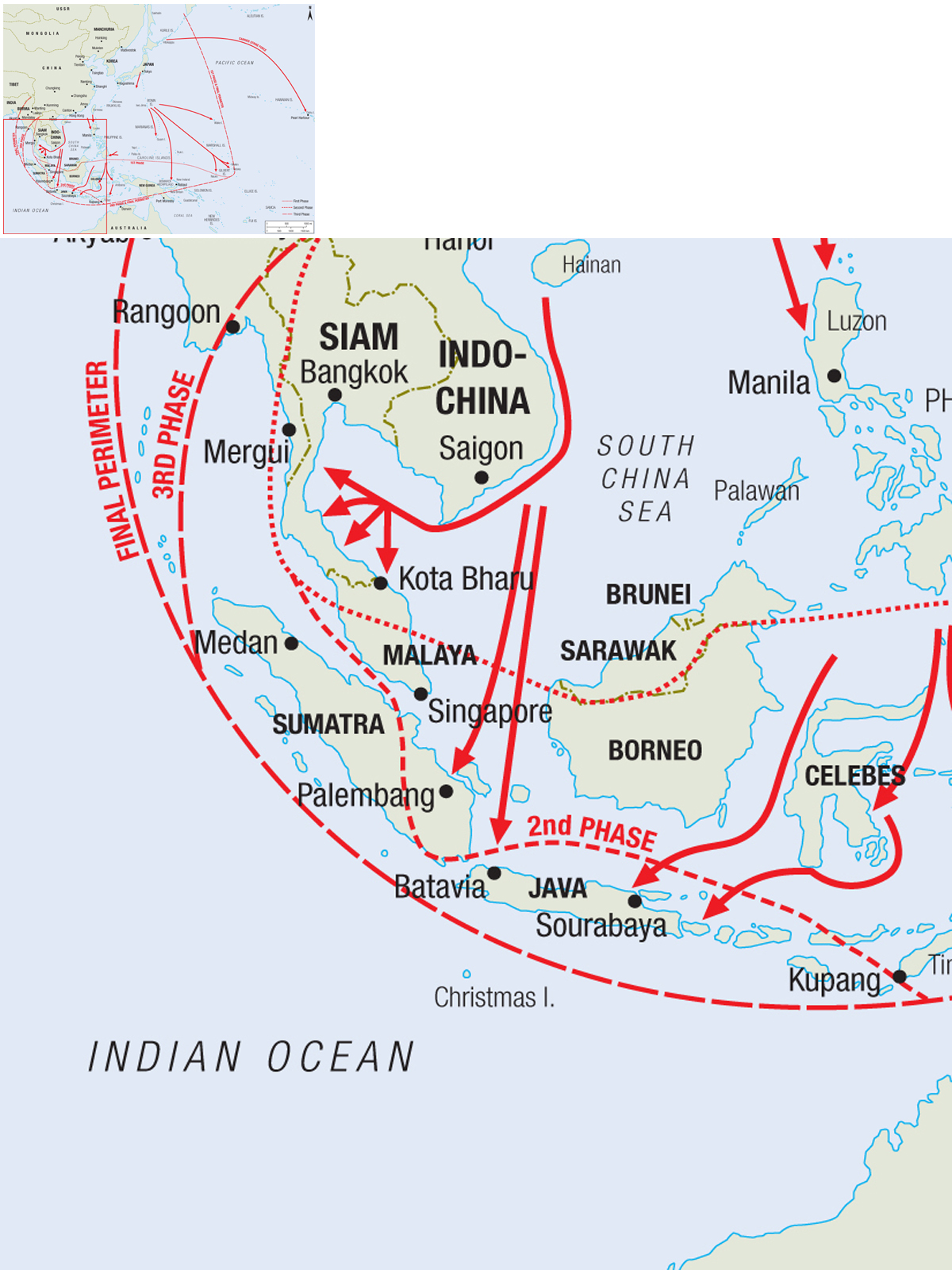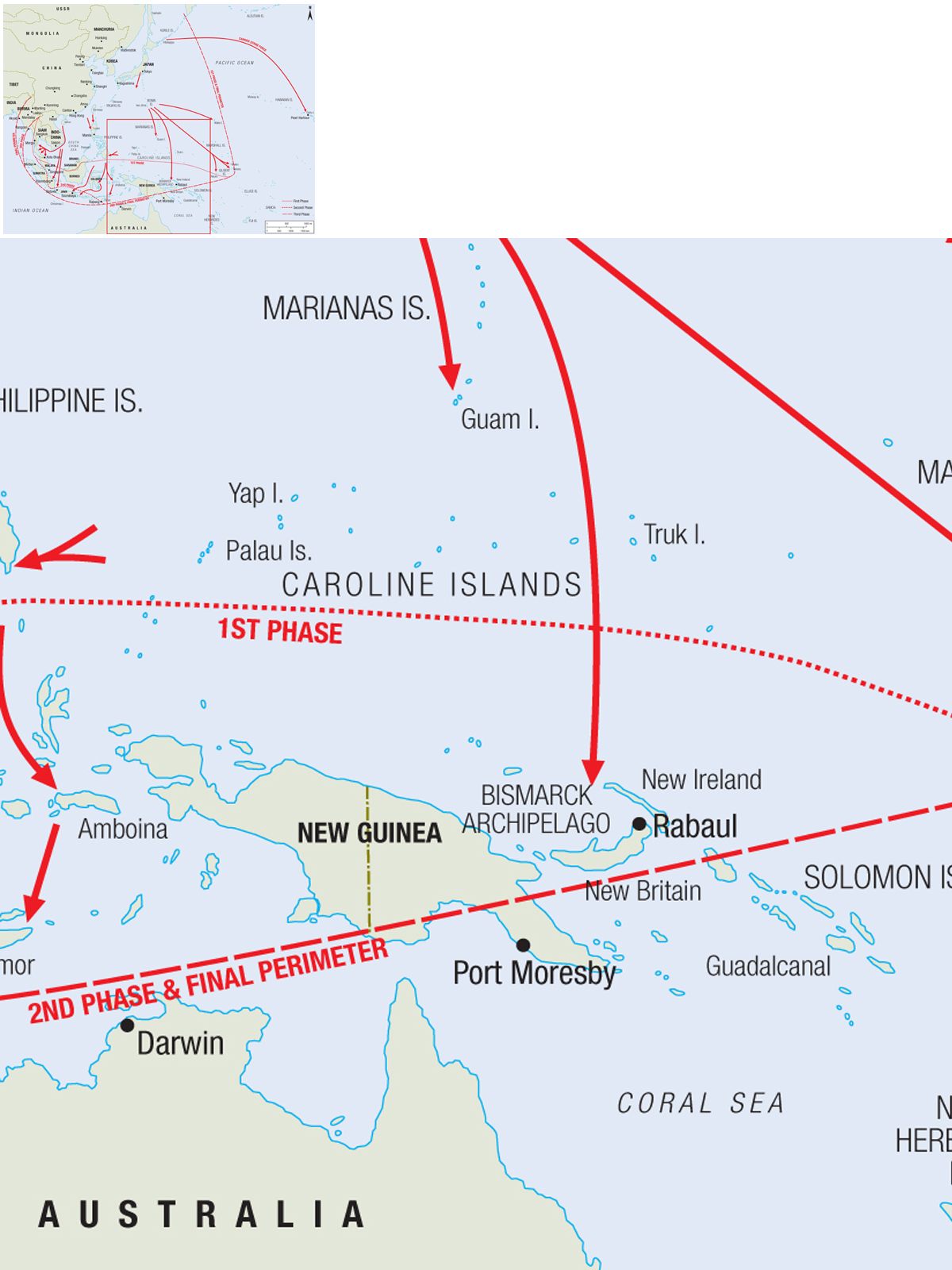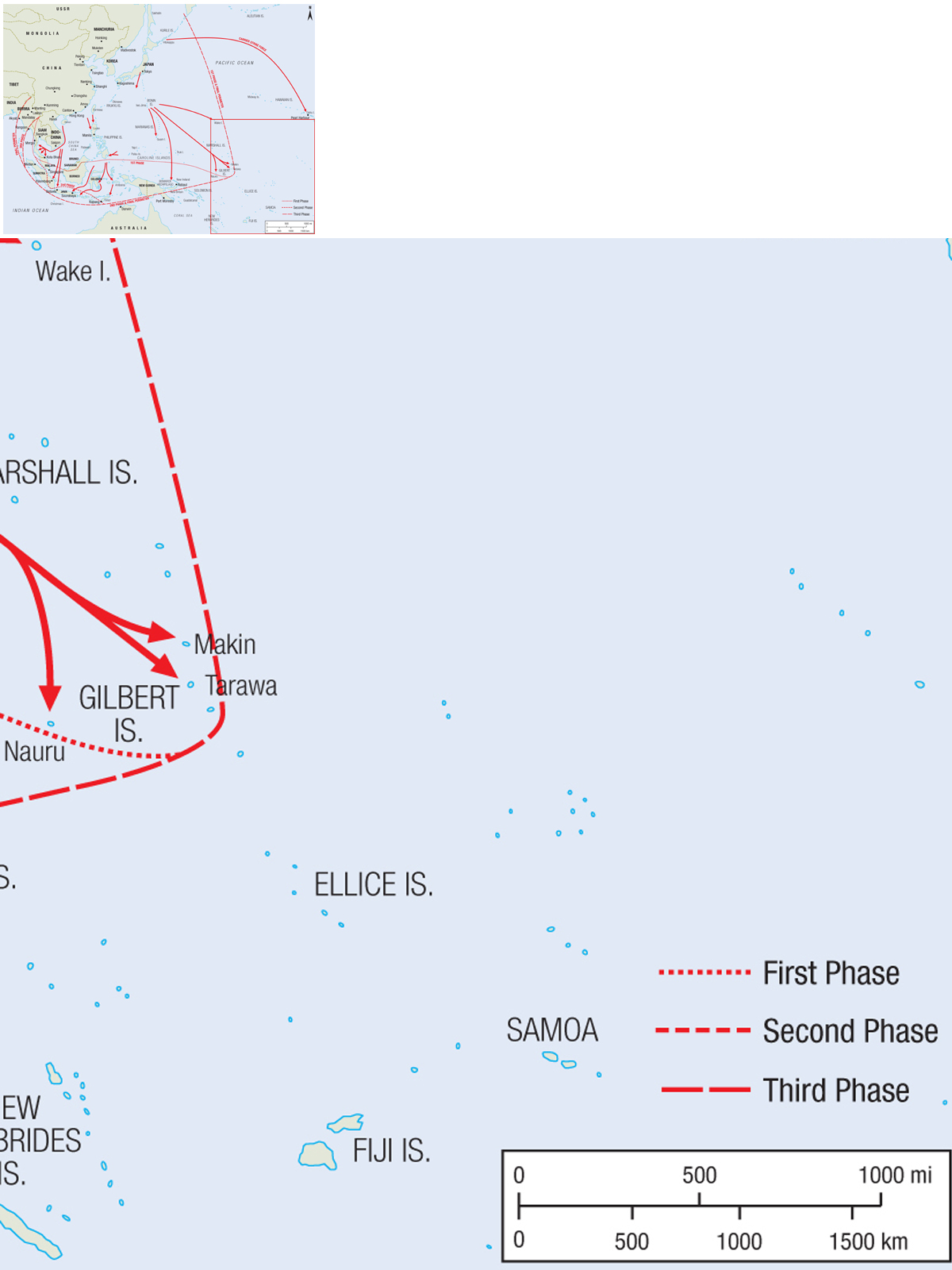| Battle Orders 13 |  |
The British Army in the Far East 1941 45
Alan Jeffreys Consultant editor Dr Duncan Anderson
Series editors Marcus Cowper and Nikolai Bogdanovic
Contents
Introduction
From December 1941 to May 1942 the British Empire suffered the most humiliating series of defeats in its history, as Hong Kong, Malaya, Borneo, Singapore and Burma fell in rapid succession to the Imperial Japanese Army. The Fall of Singapore in February 1942 was considered by Winston Churchill the worst and largest capitulation in history. The Japanese had overrun the numerically superior Commonwealth forces in Malaya in just over two months, resulting in 130,000 troops entering captivity. However, three years later the Japanese Army suffered defeat at the hands of the British and Commonwealth 14th Army at the Battles of Kohima and Imphal and in the battles for Burma. This transformation in the fortunes of the Commonwealth troops, in particular the Indian Army, was in a large part due to the development of jungle warfare doctrine and the resulting improvements in training, tactics and equipment.
These campaigns were largely fought in the jungle, an alien environment for most Commonwealth troops. The word jungle is Indian in origin and means wasteland but it has been used to describe anything from sparsely wooded areas to tropical forest. Until World War II the jungle was usually described as bush or forest in military circles. Generally there were two types of jungle: primary jungle, usually defined as natural jungle growth with poor visibility and little undergrowth, and secondary jungle, which was cleared jungle that had re-grown and consisted of very dense undergrowth, severely limiting movement. The jungle was filled with the problems of difficult climate, terrain, vegetation, wildlife and tropical disease such as malaria. Added to these were the tactical limitations imposed by the jungle, with its limited observation and fields of fire, communication problems, lack of mobility and long lines of supply. David Wilson, writing to his mother, commented on the jungle in Malaya:
You can have no idea how thick the jungle is here, after one has left the road for ten or twenty paces, you cannot see the road at all and you have to rely entirely on your map to get you to the place that you are making for; a map is almost useless. The whole place is steaming wet, and one is soaked to the skin with the effort of pushing through the bush. A beastly place to have to fight in, if you didnt know it well.
Troops could easily become bewildered, depressed and frightened in the jungle due to the strangeness of the terrain, emphasised by the limited visibility, the strange noises, the difficulty of movement and the sense of isolation in the jungle. This, in combination with the exhausting climate, made the conditions in Malaya and Burma extremely trying for the troops. These difficulties had to be overcome, before coming into contact with the enemy, through training and experience.
This book examines the training, tactics, organisation and equipment of the British Army in the Far East from 1941 until 1945. It mainly covers the conventional forces in theatre rather than the special forces such as the Chindits, V Force and Force 136. The development of the Commonwealth Armies in the Far East will be examined through the training manuals and pamphlets produced by GHQ India. This book also examines the dissemination of doctrine, the infantry divisions engaged in this theatre, and the tactics and equipment that they used, as well as the lessons learnt from the campaigns.
Japans strategic plans in the Far East, December 1941.
Letter to his mother, 14 September 1940, Wilson Mss., Papers of Brigadier A. D. R. G. Wilson, IWM.
Combat mission
During the 1920s and 1930s British strategy in the Far East centred upon the naval base at Singapore. Originally, the defence of Malaya and Singapore had been the responsibility of the Royal Navy. It was intended that in the event of an attack, the Navy would send a force from Britain and relieve the garrison of Singapore in 42 days; it was felt that any invading Japanese force could not overrun Malaya in this space of time. As far back as 1918, before the decision to build the naval fortress at Singapore had been taken, the question of landward defence of the Malayan mainland had been brought up by the then GOC of the Straits Settlement, Major-General Sir Dudley Ridout, in response to the growing Japanese purchase of land in the Malayan peninsula. The War Office took note of Ridouts report and recognised that further joint military and naval reconnaissance of the east coast of Malaya, and Johore in particular, was needed. The final paper proposing the development of the base at Singapore in 1921 stressed defence against a landward invasion as well as seaward attack. By 1924, however, The War Office took the view that the terrain was too difficult to traverse and as a result thought that there was no need for landward defences. This remained the official view until 1938 when the naval base was finally completed. The only role envisaged for the garrison was local defence and it trained accordingly using standard training manuals tailored for coastal defence.
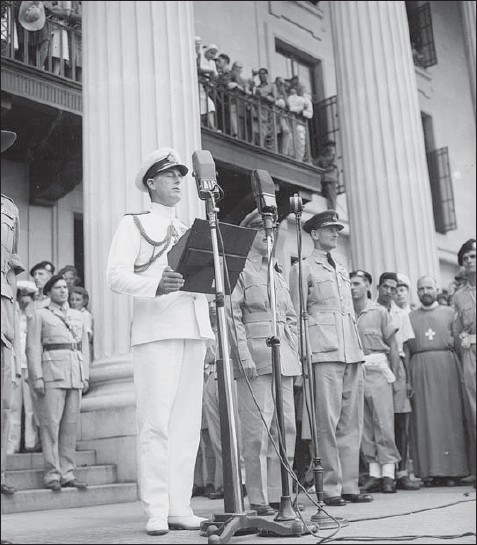
Lord Louis Mountbatten, Supreme Allied Commander, reads the order of the day from the steps of the municipal building in Singapore in 1945 after the surrender has been signed by the Japanese. (IWM)
This dominant view about the impracticality of an overland invasion through the jungles, swamps and plantations was challenged following the appointment of General Dobbie as GOC Malaya Command in 1935. In reference to the defence of Singapore, a report written in 1936 by Lieutenant-Colonel S. Woodburn Kirby, the future British official historian of the campaign, noted that the Malayan peninsula was neglected in military considerations. He was also critical of infantry training in Singapore, believing it suffered due to the climate and terrain. Colonel Arthur Percival, GSO1 Malaya in 1936, commented in a further report that training was along similar lines to the UK, where individual training was conducted from October to March and unit training was given from April to September. No mention was made of jungle training and nothing about the importance of acclimatisation.
Next page
